
Like a Dragon: Pirate Yakuza in Hawaii Review
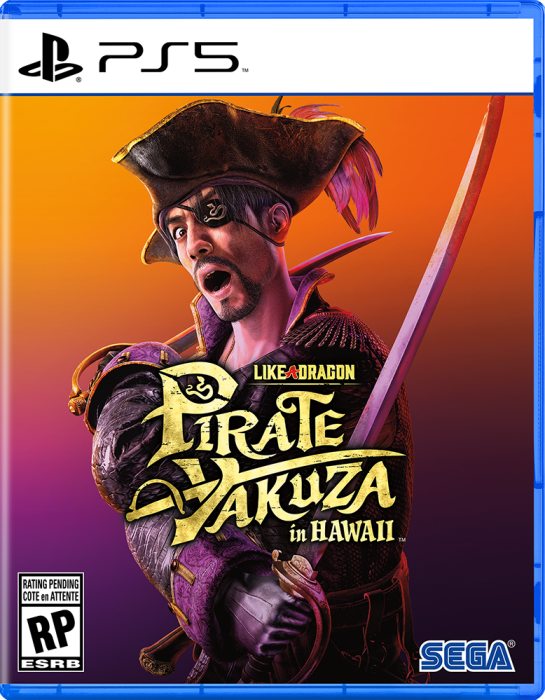
Pros
- New combat additions suit Majima.
- A great main story highlighted by likable characters and a memorable villa.
- Plenty of great side activities and sub-stories.
Cons
- Another misguided live-action section that takes away from some of the best side content.
In a recent interview, Ryu Ga Gokotu’s (RGG) chief producer Hiroyuki Sakamoto said, “You can’t make a serious Majima game”. As a longtime fan of the Like A Dragon franchise, I wasn’t entirely sold on this idea after all. Majima’s side of the story in Yakuza 0 is some of the most tragic storytelling in modern games. However, having now spent about 50 hours doing pretty much everything there is to do in Like A Dragon: Pirate Yakuza in Hawaii, I think I understand a bit better what he was getting at.
The Like A Dragon games are known for their contrasting tones - one minute Kiryu will be challenging a crime boss to a sociological debate on what it truly means to be a man, and the next you’ll be playing as a forty-something-year-old loser running an Animal Crossing-inspired sea-side resort that you got to by riding on the back of a dolphin. This contrast has meant that to a certain extent, these games have always been silly. However, what I think Sakamoto is trying to say is that Pirate Yakuza in Hawaii is a game about a different contrast. This time, we are not contrasting zany hijinks with crime melodrama; we’re contrasting the brutality of the real world and responsibilities, and all the messiness that comes with getting older, with the starry bright-eyed optimism of a child who just wants to go on an adventure and stay out playing dress up as a pirate just a little longer.
Majima takes the main role in Pirate Yakuza
A Pirate’s Life
Like A Dragon: Pirate Yakuza in Hawaii picks up a few months after the events of Like A Dragon: Infinite Wealth, with ex-yakuza Mad Dog Majima washing up on a beach with amnesia and being saved by a young boy. While Sega has been out there promoting this game as a great entry point to the ever-growing series, that is only really true in the sense that RGG has done well filling in the backstory with Majima’s amnesia. His forgetfulness, while playing a major role in the narrative, also does a good job at resetting the often unpredictable wild card so he can be a bit restrained and open to ideas like becoming a pirate to fulfill a sick boy’s wish to see the world, find a hidden treasure, or partake in a go-karting tournament for five hours.
This depiction of Majima is different to any we’ve seen before. The fake madness he usually plays up to stay unpredictable is toned back as he simply doesn’t really know who he is. It’s fun to see longtime Majima voice actor, Hidenari Ugaki, play a new shade of this two-decade-old character. He naturally conveys that, even without his memories, Majima still enjoys weird adventures and likes to have good time, but also has a nagging feeling he hasn’t exactly always been the the good guy in the story. All of the performances are solid across both Japanese and English dubs. In the Japanese dub, there are standout performances from singer and series fan Uika First Summer, as the young Noah Rich, and Munetaka Aoki, the actor behind the recent live-action portrayal of Majima on Amazon Prime, does a good job as Teruhiko Shigaki, an ex-yakuza patriarch charged with cleaning up the radioactive mess left behind by the villains of Infinite Wealth. In the English language track, Matthew Mercer does an admirable job filling in the shoes of Mad Dog without losing performance to parody, all while bringing a nice gruffness to the role. However, the surprise standout is WWE wrestler Joe “Samoa Joe” Seanoa’s performance in the English dub as the pirate king Raymond Law, who is clearly just having a ball hamming it up as a snarling villain.
The new hub of Madlantis is, as you’d expect, a whole lot of wacky fun.
These earnest performances, along with the game’s steadfast commitment to playing it straight when it comes to modern-day pirates sailing on 1800s-style brigs, go a long way in selling this swashbuckling adventure that spans a handful of islands, the city of Honolulu, and a pirate haven known as Madlantis. The narrative itself is just as full of twists and turns, like any good Yakuza tale, and the result is a shockingly thoughtful story about why we choose to live the ways we do, and making the most of our lives no matter the situation.
There is some great pay-off for long-time fans thanks to the return of some of Majima’s friends and allies, some of whom haven’t been seen in the series since Yakuza 3 in 2009. However, a lot of pathos here comes down to how believable Majima’s relationship is with Noah and the dynamic these two share with Noah’s dad and sisters. It’s nothing short of remarkable that by the time credits rolled on this game, I almost cried and felt like I could go out and take on the world, seeking adventure anew, only for the game to break into its second (yes, really) musical number.
Swashbuckling, Scimitars and Side Activities
Gameplay in Pirate Yakuza in Hawaii also sees a pretty big overhaul in style from previous RGG games. While Yakuza 0 and Kiwami 2’s Majima Saga gave us a taste of Goro’s fighting style, and the recent Judgment games have added an injection of pace into RGG’s traditional third-person beat-em-up combat, this game sees the studio push the combat of the series closer to stylish hard action than 3D Streets of Rage.
Both of Majima’s styles are faster than before. The Yakuza Style is great for focused one-on-one fighting, while the Pirate Style allows for wide-arcing hits to manage crowds, and both allow Majima to launch enemies skyward to make combos even more lethal. Previous games had limited juggle mechanics, but they were usually the result of cornering enemies into spaces that forced them to bounce off Kiryu’s punches and a nearby wall, rather than a dedicated launcher ability. This expanded kit is a bit of a double-edged pirate’s sword, as, while it certainly allows for more player expression in combat, and suits Majima’s character, the addition of a jump button where the dodge button used to be, forces RGG to shuffle side-stepping to a two-button command. In short, it just feels like there aren’t enough buttons to truly make the most of the new combat.
(1 of 2) The Pirate style allows for great area of effect attacks against multiple enemies.
The Pirate style allows for great area of effect attacks against multiple enemies. (left), While the Yakuza style offers more direct one-on-one combat. (right)
This combat is matched by the two-tone music which does a fair bit of legwork in bridging the gap between the moody menace of the criminal underworld and the upbeat swagger and swashbuckling of a pirate romp. While there are few stand-out tracks for boss fights that previous games might have had, it’s really hard to understate just how catchy the two musical numbers are. Pirate Yakuza also allows you to compile your own MP3 mix of music, including Karaoke hits from across the series and bangers from other Sega IPs. So if you ever wanted to segway around Honolulu listening to Baka Mitai at night or take to the high seas as the Daytona music rings out, then you are in luck.
For a series known for its expansive side content, Pirate Yakuza in Hawaii doesn’t disappoint, from a near perfectly emulated version of the dubious Master System port of Space Harrier, all the way to a full-blown side adventure to discover mystical pirate artefacts. Substory writing mostly remains as strong as ever, with stories where Majima visits an “aquarium” that hosts water-based animals as a polar bear, or a mission involving Majima going on tour with a J-pop idol’s biggest fans being particularly fun distractions. However, like many previous Yakuza game’s side content, these activities can vary in quality, not just overall but moment to moment. The Mario Kart-inspired Dragon Kart is fun when you’re racing but the tacked-on battle mode is somehow worse than the oft maligned Mario Kart 8 Deluxe battle mode. This uneven quality can be seen most in the ongoing Minato Girls substories.
Minato Mishaps
This saga starts off with the somewhat shlubby and hapless chef of your crew, Masura, desperately wanting to date a Minato Girl (a nickname for well-to-do elegant ladies often living in the affluent Minato Ward). Masura is played by Ryuji Akiyama, a Japanese comic actor, while the five Minato Girls that Majima tries to set up on dates with him are played by streamer MisoxShiru; and motorsport personality and model Seiko Kirishima; and writer and ex-adult-film-star Kaho Shibuya. The substories where you meet these women are some of the best in the Yakuza franchise, as they seek to humanize women who have been pinned into gendered ideals of how they should present themselves in society. Kaho’s story in particular is a highlight as the fictionalized version of herself stops hiding her sexual preferences and eventually seeks to highlight the importance of sexual health and the relationship between art and kink by penning a new book.
(1 of 2) The actual substories for the women are well thoughtout
The actual substories for the women are well thoughtout (left), But the live action scenes are very jarring and out of place. (right)
However, this series of great substories is followed by six surprisingly long, live-action sequences where Akiyama and these women go on a night out as their in-game characters. This sequence thankfully doesn’t stray into the creepy territory that some of the live-action mini-games in previous games have. But when you are 15 minutes into this bit and only on the third skit where Akiyama seems to improv his way through being a bad date, you can’t help but feel like like you’ve seen enough. This whole sequence feels out of place, as the often fiery and independent personalities you spent the last few missions getting to know are all put on hold while these women uncomfortably laugh at C-tier improv. It gives off the vibe of a schlocky low-budget 80s horror movie that has a random comic relief character played by some guy off the street that the director thought was hilarious but massively detracts from the tone of the story. Ultimately these live-action sequences undercut the often empowering messages of the missions that come before it.
Uncharted Waters
It can be easy to forget, but underneath all this melodrama and hours of side content, there is a whole section of this game that is just about being a pirate. Despite this being RGG’s first game where you man a sailboat, Pirate Yakuza in Hawaii’s seafaring and dogfighting is pretty robust. It’s not as in-depth as some more historically accurate piracy games out there, but sailing from island to island to go on short combat excursions is a perfectly enjoyable way to break up the story, while The Pirate Coliseum adds a fresh take on a series staple to challenge players in the late game.
Naval combat isn’t quite as fully fleshed out as a traditional pirate game but what’s there is still excellent
Where Pirate Yakuza In Hawaii feels at its most bare bones, however, is customizing your ship, The Goromaru. You can recruit plenty of crew members from substories and throughout the world, but despite a handful of unique perks some crew members provide, the ship’s combat gameplay remains disappointingly similar from beginning to end. Even if the underlying kitting out of ships and combat is fun, upgrading cannons or turrets on your ship never feels like it has much of an impact on how you engage with pirate foes.
Despite reusing many assets and adherence to parts of a tried and true formula, Like A Dragon: Pirate Yakuza in Hawaii feels remarkably fresh. While many of the changes in gameplay and tone might look minor for an outsider, RGG has done a great job at making this feel like a true stand-alone experience for one of the series’ standout characters, which feels wholly Majima-esque in nature.
This review is based on a launch build of the game with a code provided by the publisher.
Mad Dog Mayhem!
The Mad Dog of Shimano is getting up there in age, but he’s still got a few new tricks up his snake-skin sleeves that Pirate Yakuza in Hawaii is worth taking to the seven seas for.
Gameplay:
Sound:
Graphics:
Story:
Value Rating:

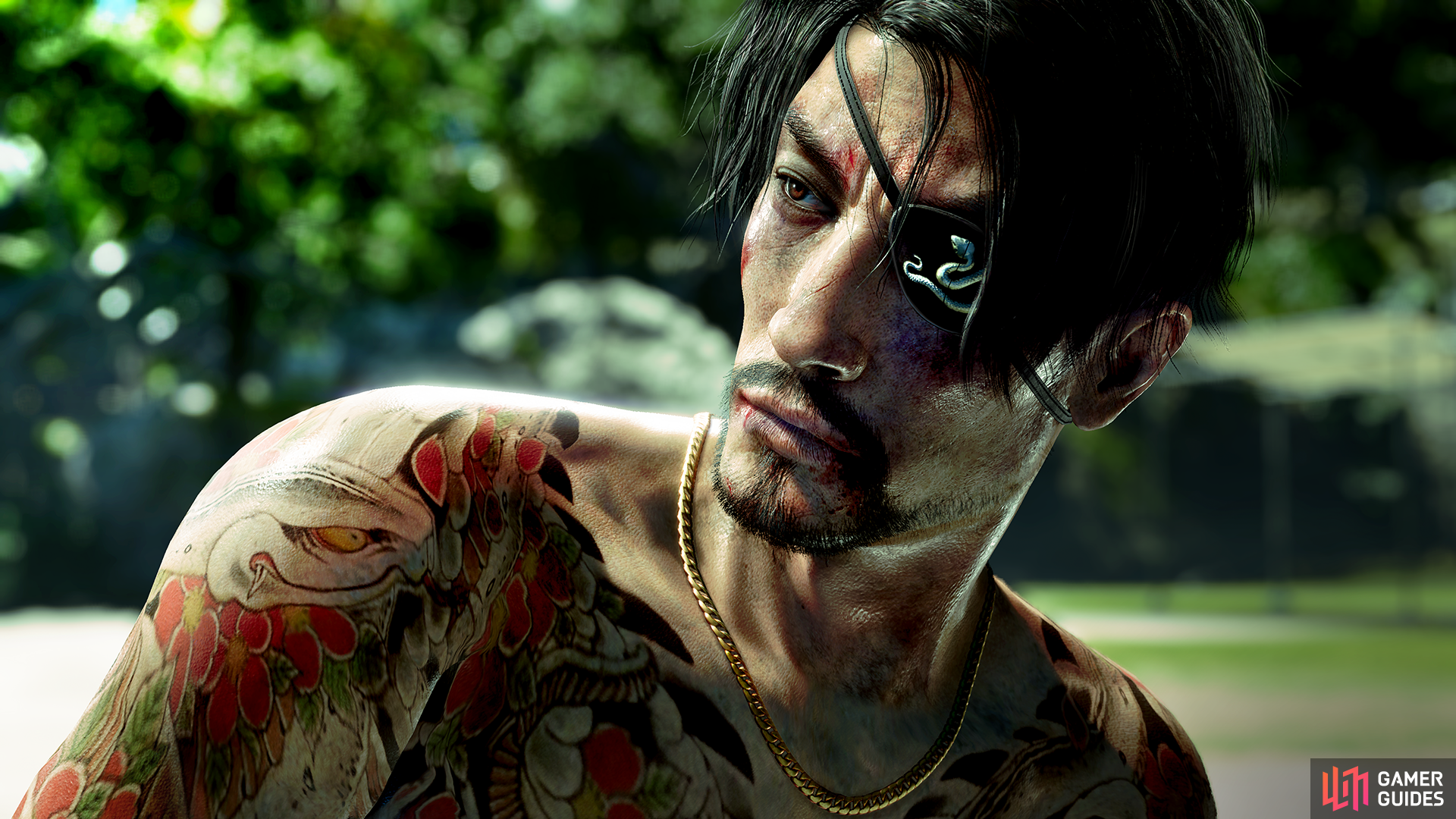
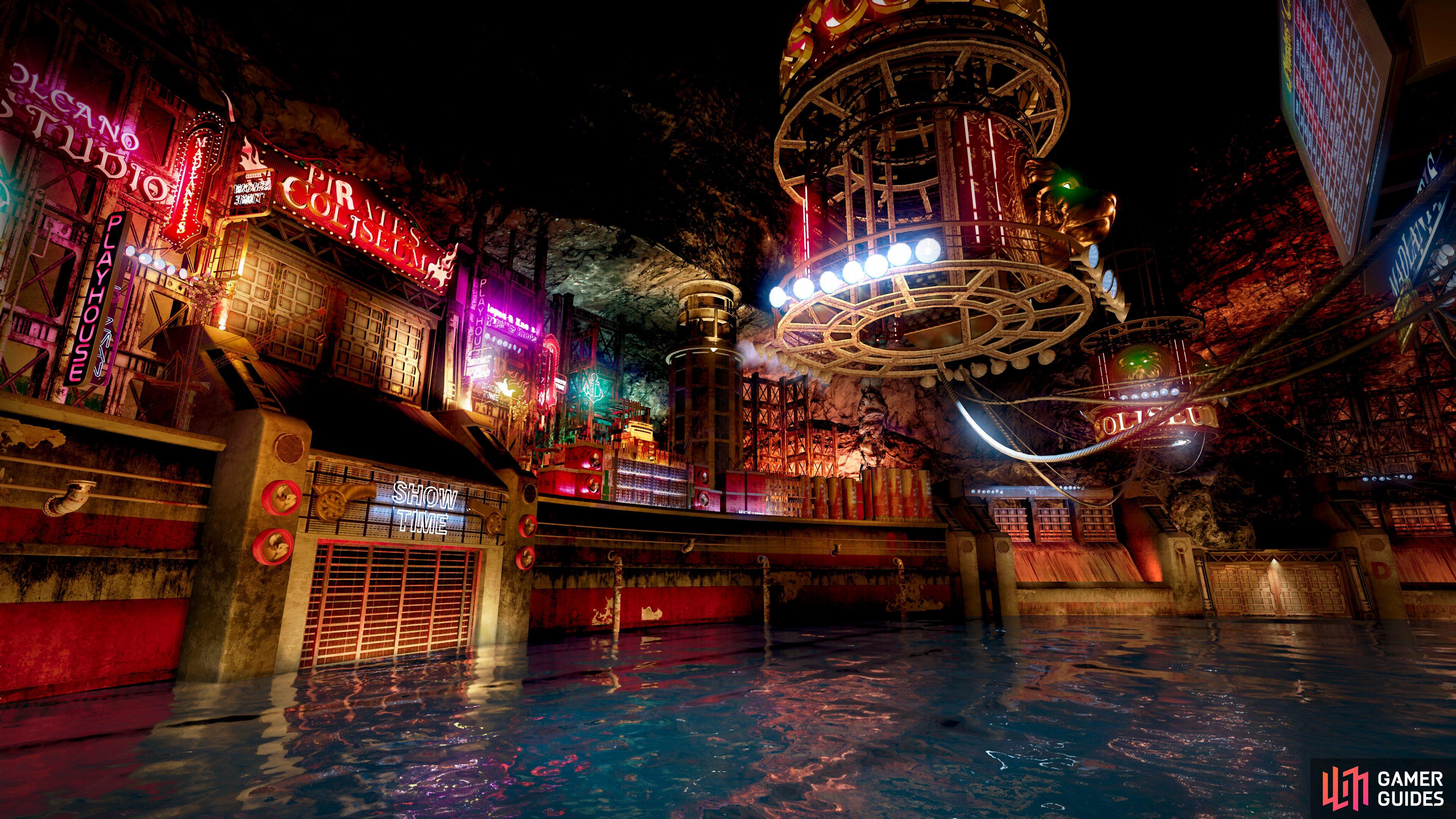
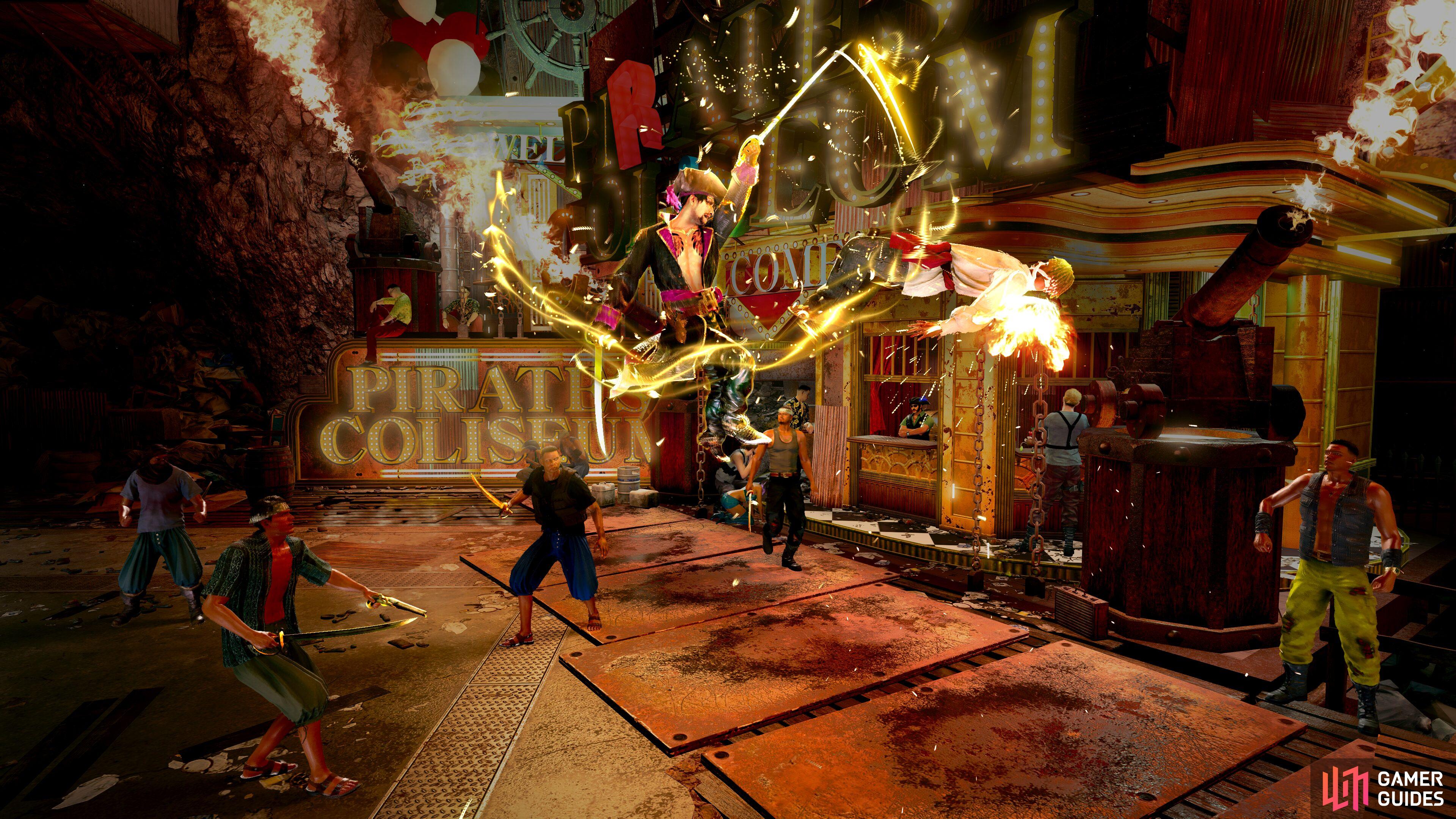
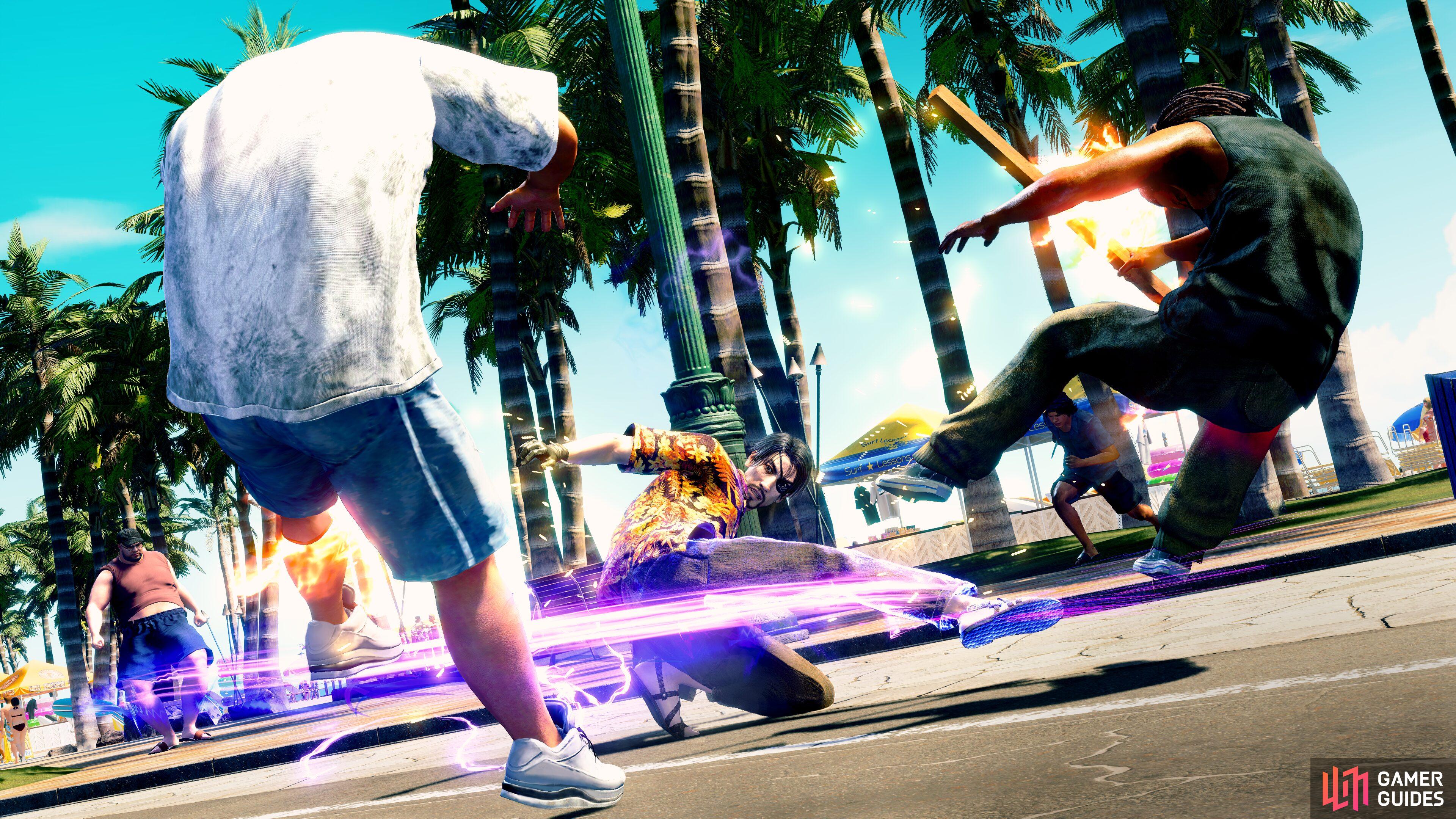
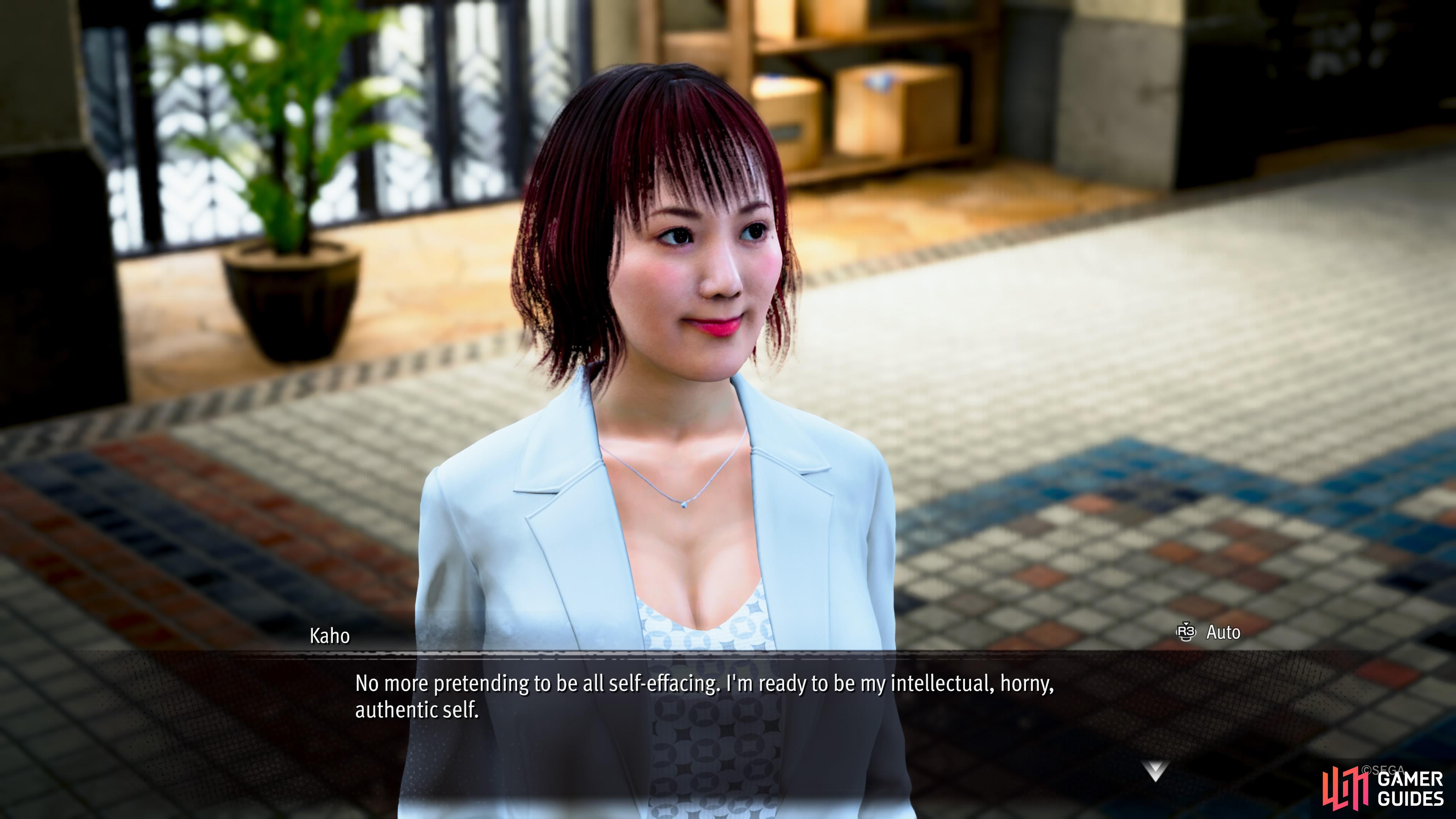
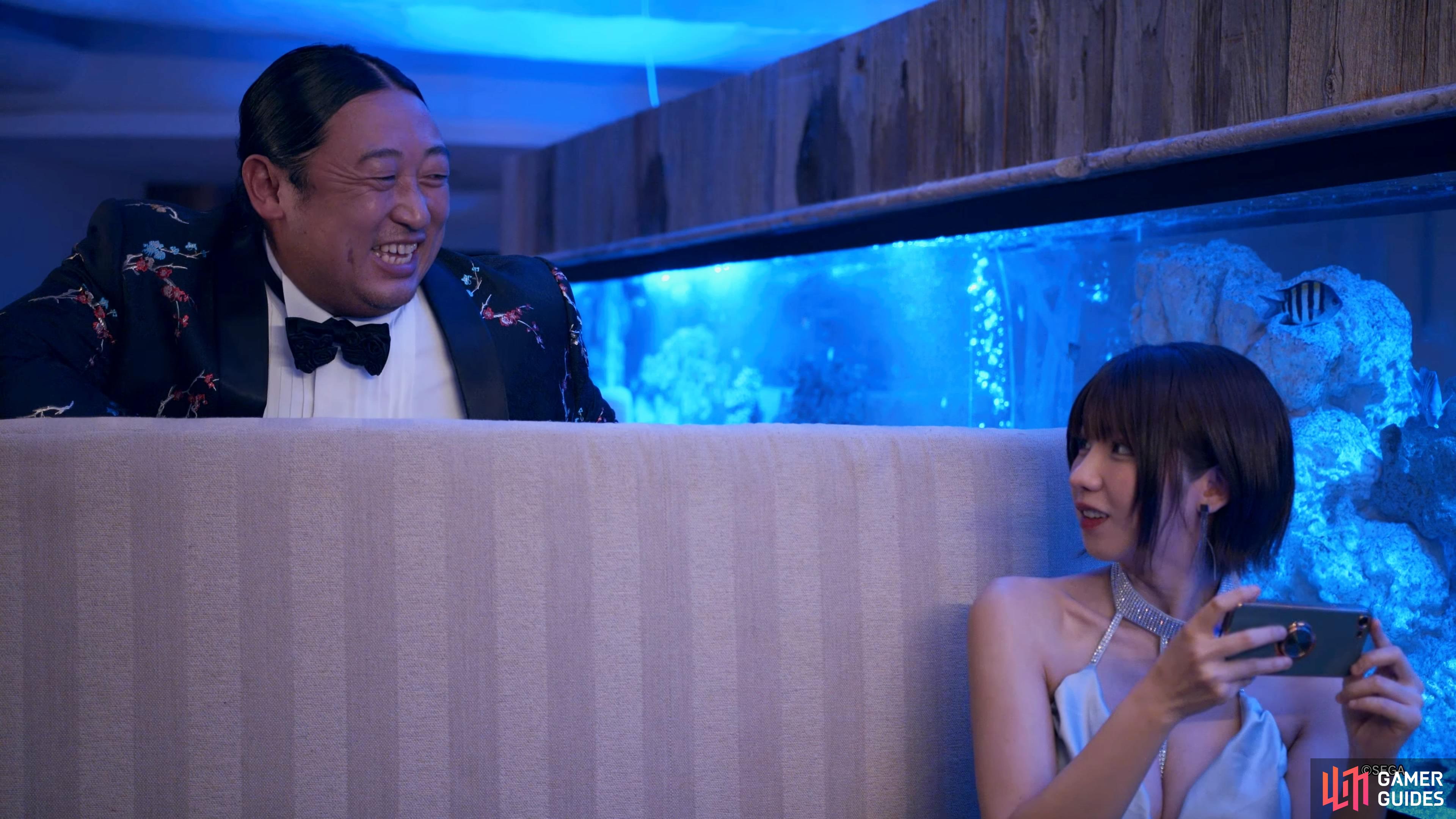
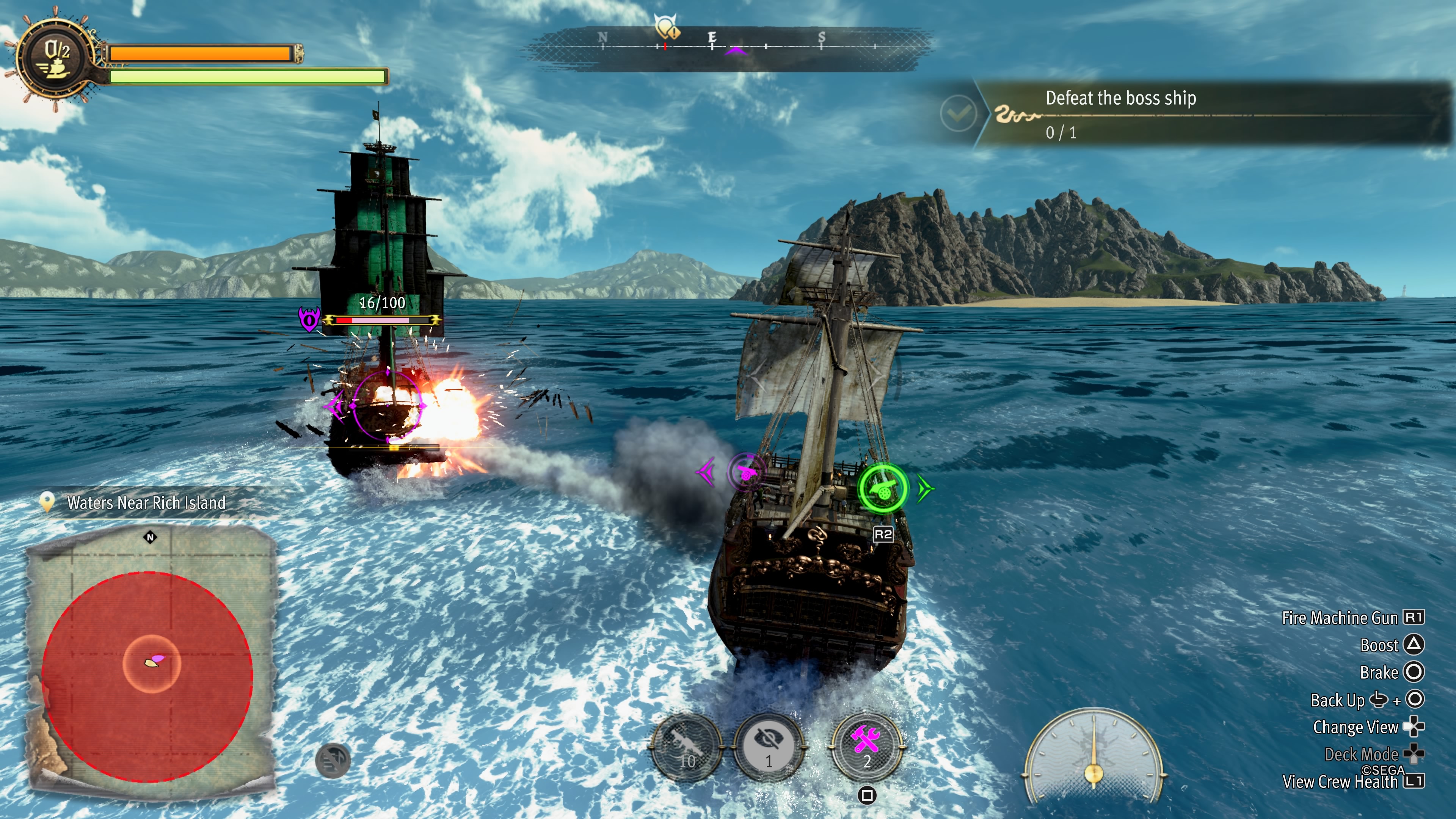
No Comments